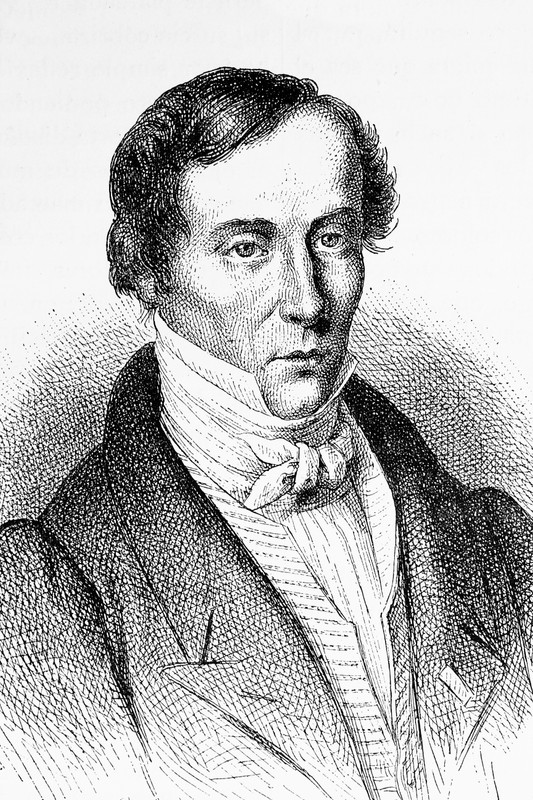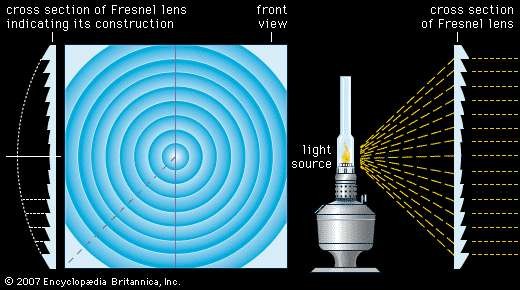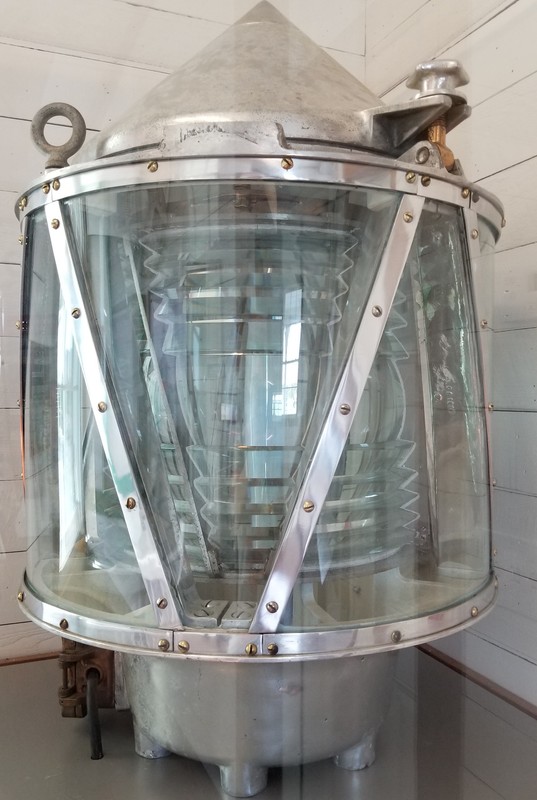Fresnel Lens
Introduction
Text-to-speech Audio
Images
Augustin-Jean Fresnel (1788–1827)

Fresnel Lens Structure

1890 New Canal Lighthouse Fresnel Lens

Backstory and Context
Text-to-speech Audio
The Fresnel lighthouse lens’ are divided into orders determined by their focal length. The largest lens’ are First Order Fresnel lens’. A first order lens must have a focal length of at least 920mm. One of the largest first order lens’ is in the Makapuu Point Light in Hawaii which stands 2.59 m (12 ft) tall.
The Light from the 1890 Lighthouse is currently on display in our museum. It is a 3.5 order Fresnel Lens that was originally power by acetylene gas but had been converted to electric at some point. The use of acetylene gas was also a notable advancement in light keeping for a couple reasons. First, it is highly compressible so the cannisters would last longer before having to be changed out. This was a big help, particularly for the more remote lighthouse because they wouldn’t have to be delivered as often. The other benefit is acetylene gas is relatively easy to make so some light keepers choose to make their own onsite.
Though the 1890 light now lives downstairs in the museum for all to enjoy, we do still have a Fresnel lens in the cupula as well. The 5th order lens comes on when it gets dark enough, whether that be due to nightfall or storm. The light pattern you see flashing by the window behind Margaret Norvell is the pattern assigned to the New Canal Lighthouse. Each lighthouse has it’s own light pattern so if a sailor is caught in a storm they can use the light pattern to help get their bearings.
Sources
The Editors of Encyclopaedia Britannica. "Fresnel lens." Encyclopædia Britannica. Encyclopædia Britannica, inc. January 13, 2011. May 21, 2020
National Park Service Editors. "Fresnel Lens." Retrieved from https://www.nps.gov/articles/fresnel-lens.htm
Ereza, Emilio. "Augustin-Jean Fresnel. French scientist, engineer and physicist. 1788-1827." Antique illustration. Adobe Stock. May 2020.
The Editors of Encyclopaedia Britannica. "Fresnel lens." Encyclopædia Britannica. Encyclopædia Britannica, inc. January 13, 2011. May 21, 2020
Tannian, Kate. “New Canal Lighthouse 1890 Light.” April 21, 2020. New Canal Lighthouse Museum.
